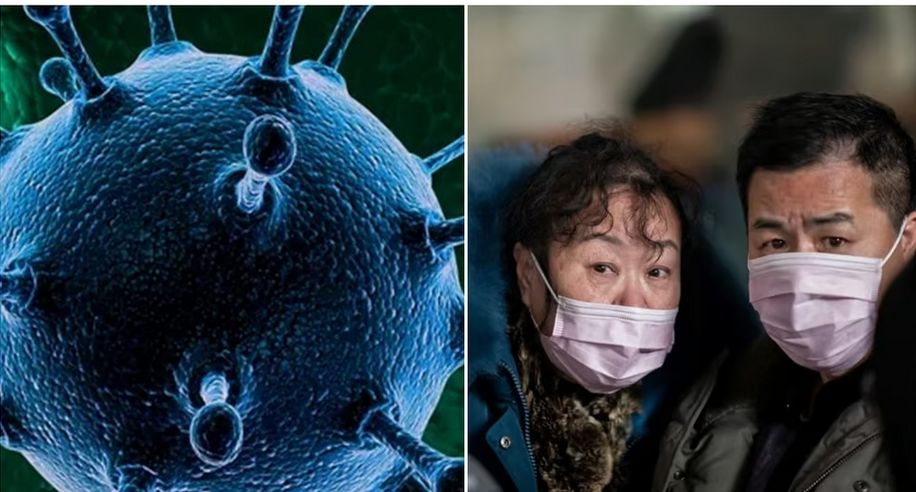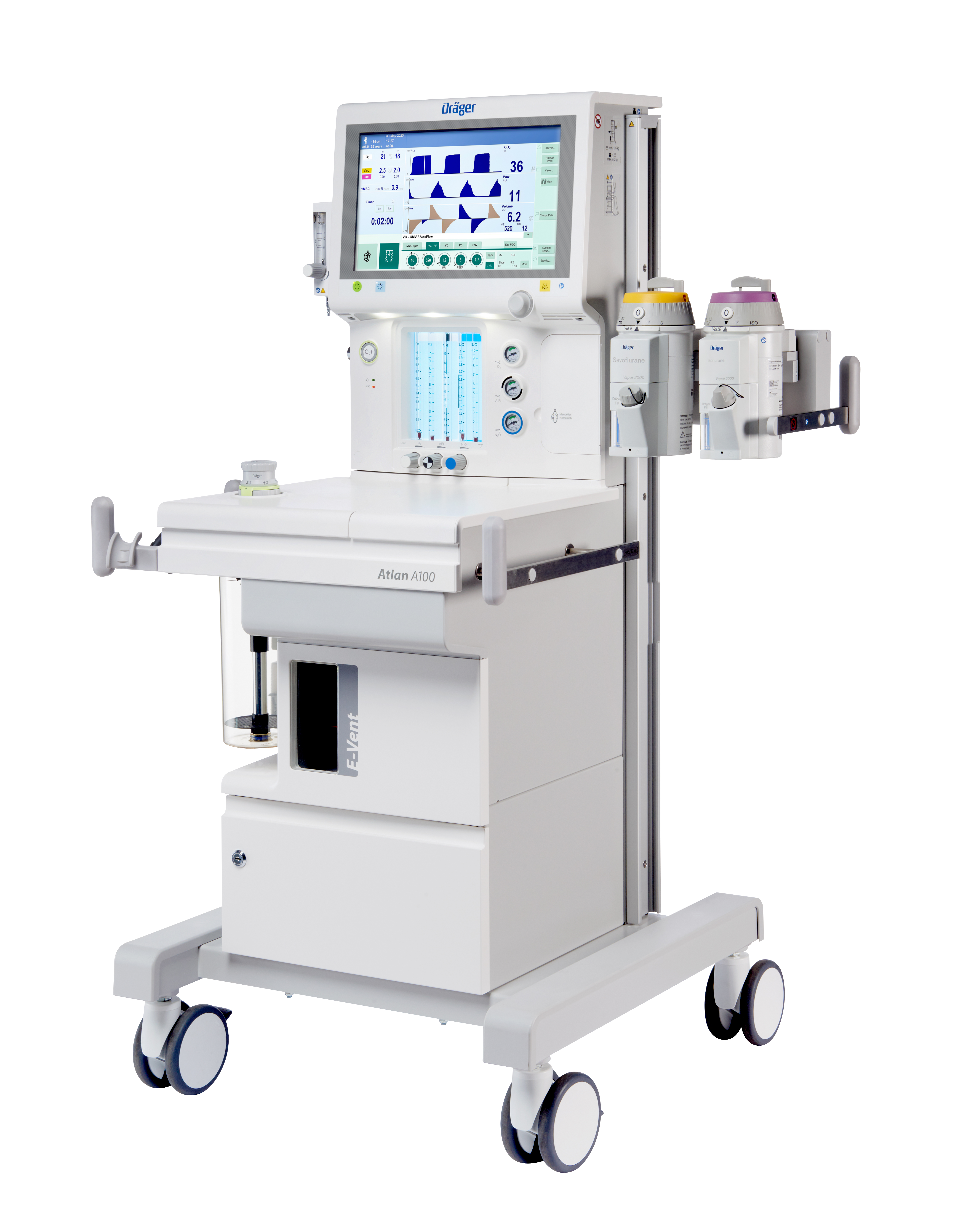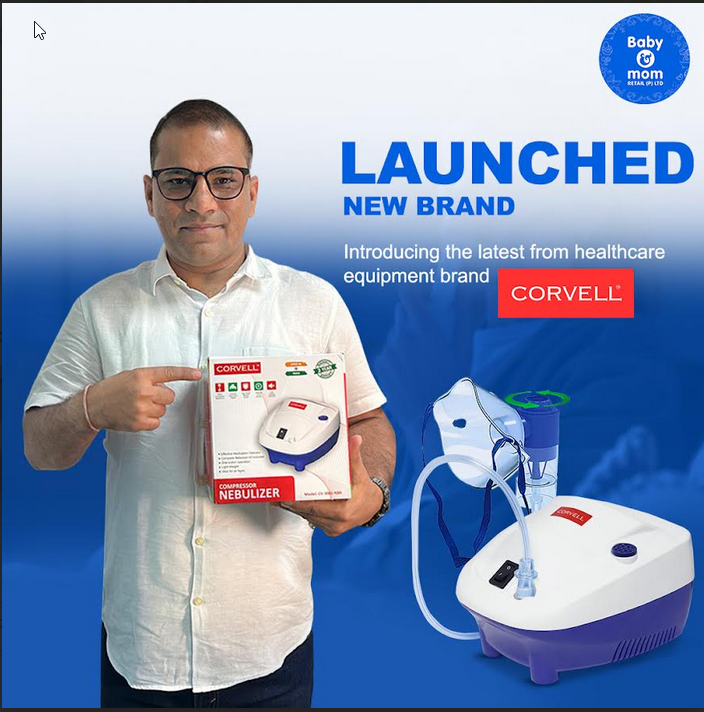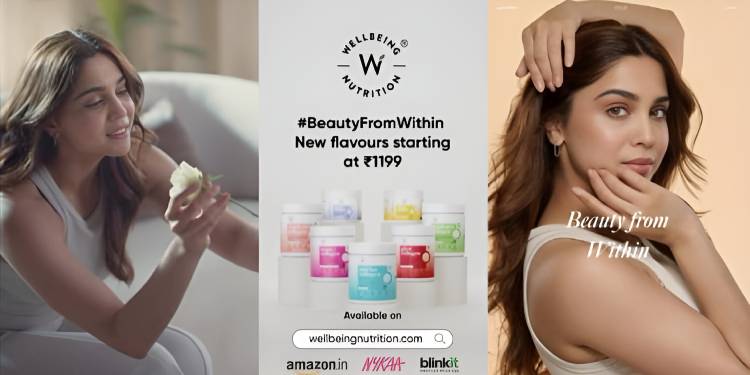Five years after the COVID-19 pandemic shattered global life, China is now struggling with another respiratory threat called human metapneumovirus (HMPV). Unlike the dramatic spread of COVID-19, HMPV has quietly emerged as a public health concern, drawing attention to its potential impact on vulnerable populations, especially children and the elderly. As the world watches, it is essential to understand the virus, its risks, and how it can be managed effectively.
What is HMPV?
Human metapneumovirus (HMPV) is not a discovery. First identified in 2001 by Dutch scientists studying respiratory infections in children, this RNA virus has existed for over six decades. Part of the Pneumoviridae family and Metapneumovirus genus, HMPV is a global respiratory pathogen that spreads through droplets expelled during coughing or sneezing. It can also be transmitted via close contact with infected individuals or exposure to contaminated surfaces.
The virus Is not season-specific but is most active during winter and spring, particularly in colder climates. Recent reports from China’s Centers for Disease Control and Prevention (CDC) indicate an uptick in HMPV cases, especially among individuals under 14 years old in northern provinces.
HMPV presents symptoms that mimic the common cold, including:
• Cough
• Fever
• Nasal congestion
• Wheezing
In severe cases, however, the virus can escalate to bronchitis or pneumonia. Vulnerable groups such as young children, the elderly, and those with compromised immune systems are at a higher risk of developing severe complications. Individuals with pre-existing conditions like chronic obstructive pulmonary disease (COPD), asthma, or pulmonary fibrosis face heightened susceptibility to severe symptoms, such as persistent wheezing and difficulty breathing.
Though HMPV often causes mild respiratory symptoms, its potential for severe outcomes cannot be ignored. A 2021 Lancet Global Health study revealed that HMPV contributes to the deaths of 1% of children under five with acute lower respiratory infections. For individuals with underlying health conditions, the virus can be life-threatening. Bronchoscopies, where fluid samples are collected from the lungs, are sometimes used in severe cases to identify the virus and manage treatment.
Unlike COVID-19, there is currently no vaccine for HMPV. This lack of immunization makes prevention and symptom management critical. Over-the-counter medications such as acetaminophen and ibuprofen can help reduce fever and alleviate discomfort, while decongestants may ease nasal congestion. However, medical experts caution against the blind use of antiviral drugs, as their effectiveness against HMPV remains unproven.
In response to the rising cases, Chinese health authorities have introduced precautionary measures to curb the virus’s spread. Recommendations include:
1. Wearing face masks in crowded spaces
2. Practicing frequent hand washing
3. Avoiding crowded areas
4. Maintaining good indoor ventilation
5. Adopting a healthy lifestyle to strengthen immunity
China’s National Disease Control and Prevention Administration has also launched protocols for laboratory reporting and case verification. These efforts aim to enhance preparedness for respiratory pathogens and prevent a repeat of the unpreparedness seen during the early days of COVID-19.
The Chinese CDC Is piloting a monitoring system specifically designed for pneumonia of unknown origin. This initiative reflects the importance of early detection and swift response to mitigate the risks posed by emerging pathogens like HMPV.
Recent data from China reveals a significant rise in acute respiratory infections, including HMPV, particularly in northern provinces. Between December 16 and 22, most reported cases involved children under 14 years of age. The virus’s ability to infect the young population underscores the urgency of implementing preventative measures and strengthening public awareness.
While both HMPV and COVID-19 are respiratory viruses, their characteristics and impacts differ significantly. COVID-19 caused a global pandemic with high mortality rates and severe socioeconomic disruptions, whereas HMPV has remained a localized concern, primarily affecting vulnerable groups. However, both viruses highlight the importance of preparedness, public health measures, and rapid response systems.
Preventing the spread of HMPV requires collective effort. Individuals can take simple yet effective steps to reduce their risk of infection:
• Practice Respiratory Hygiene: Cover your mouth and nose when sneezing or coughing to prevent the spread of droplets.
• Regular Hand washing: Frequent hand washing with soap and water is crucial for reducing transmission.
• Avoid Close Contact: Stay away from people showing symptoms of respiratory illness.
• Keep Indoor Spaces Ventilated: Proper airflow can reduce the concentration of airborne pathogens.
• Strengthen Immunity: A balanced diet, regular exercise, and adequate sleep can help improve overall health.
Although HMPV is currently making headlines in China, its implications extend beyond national borders. The interconnected nature of today’s world means that outbreaks in one region can quickly become a global concern. Governments, healthcare providers, and international health organizations must collaborate to monitor, research, and manage emerging pathogens like HMPV.
One of the most significant takeaways from the HMPV outbreak is China’s improved readiness to tackle respiratory pathogens. The establishment of dedicated monitoring systems, laboratory protocols, and public health campaigns demonstrates a proactive approach to mitigating risks. This level of preparedness is a stark contrast to the reactive measures during the early days of COVID-19.
The emergence of HMPV is a reminder that the fight against infectious diseases is far from over. As respiratory pathogens continue to evolve, so must our strategies to detect, prevent, and manage them. Investments in research, vaccine development, and global health infrastructure are crucial for staying ahead of potential threats.
As the world recovers from the long shadow of COVID-19, the rise of HMPV serves as a stark reminder of the constant vigilance needed in public health. While HMPV may not have the same catastrophic impact as the coronavirus, its ability to cause severe respiratory illness in vulnerable populations should not be underestimated.
By taking preventative measures, enhancing global cooperation, and fostering innovation in medical science, humanity can confront emerging pathogens with resilience and preparedness. The lessons learned from HMPV and other respiratory illnesses will shape the future of public health, ensuring that we are better equipped to protect lives and safeguard communities

 While HMPV may not have the same catastrophic impact as the coronavirus, its ability to cause severe respiratory illness in vulnerable populations should not be underestimated.
While HMPV may not have the same catastrophic impact as the coronavirus, its ability to cause severe respiratory illness in vulnerable populations should not be underestimated.










.jpeg)

.jpeg)
.jpeg)

.jpeg)


.jpeg)



.jpeg)
.jpeg)
.jpeg)


.jpg)


.jpeg)
.jpeg)